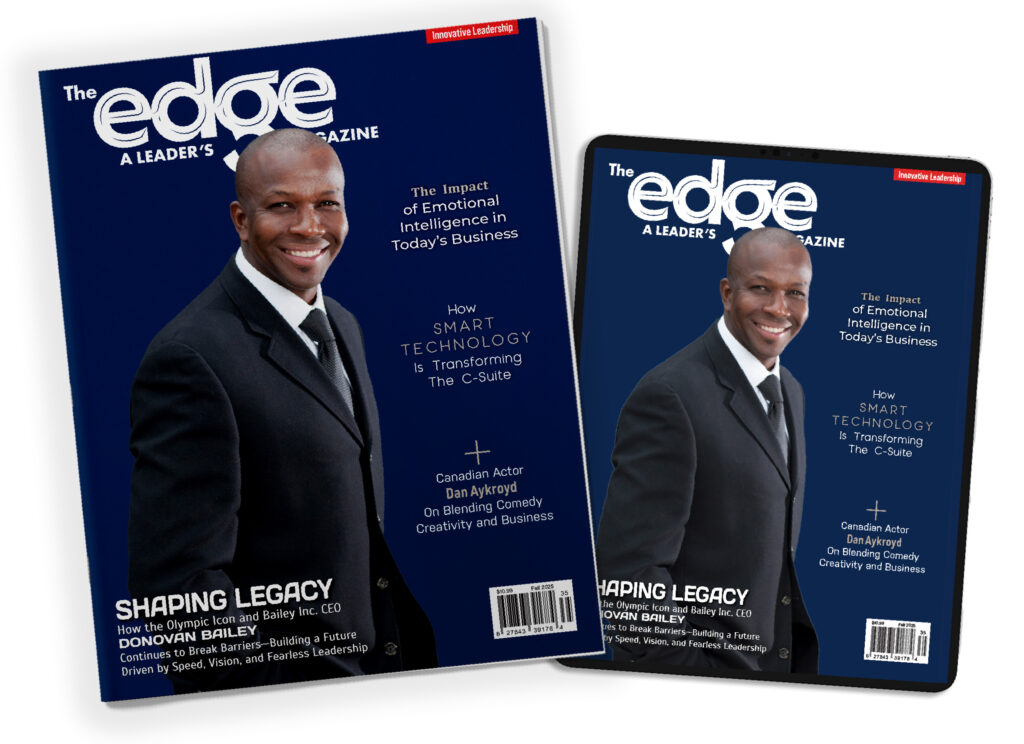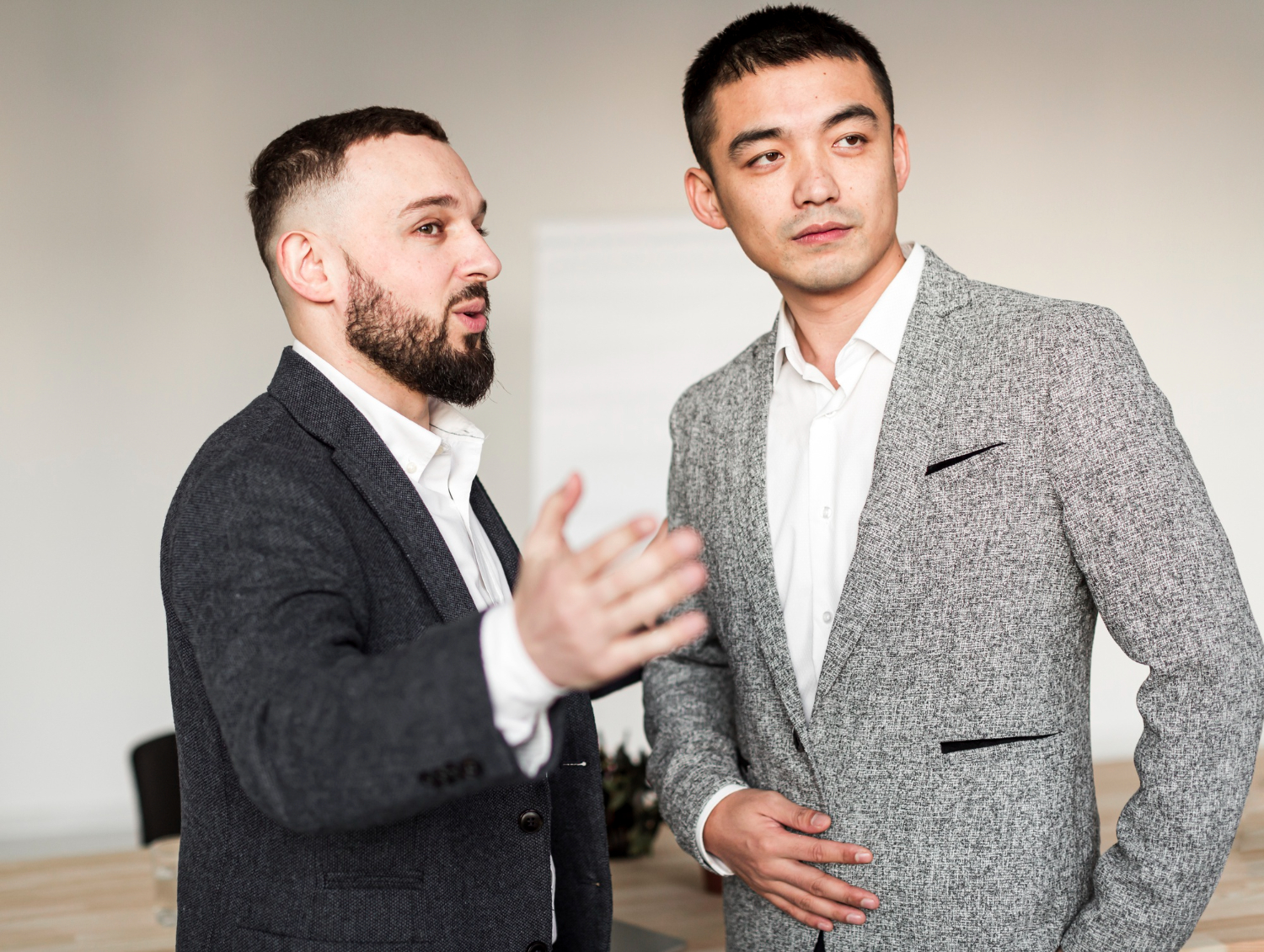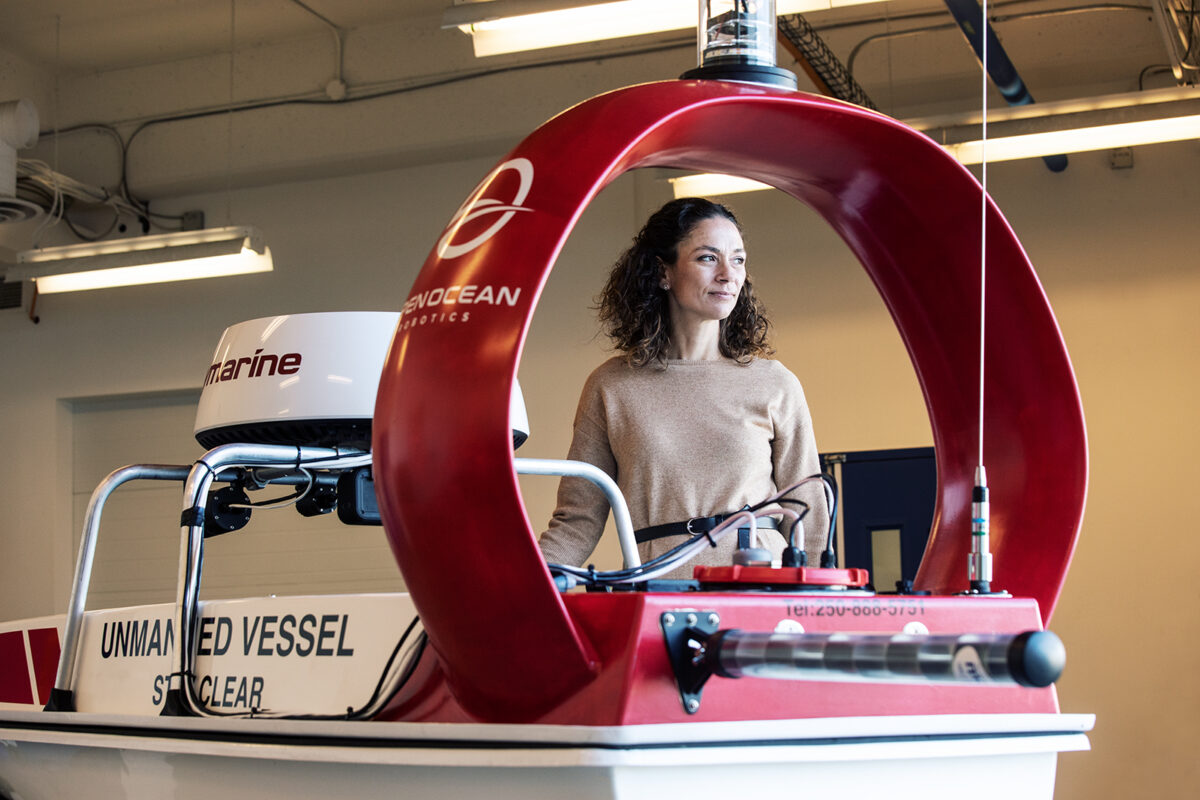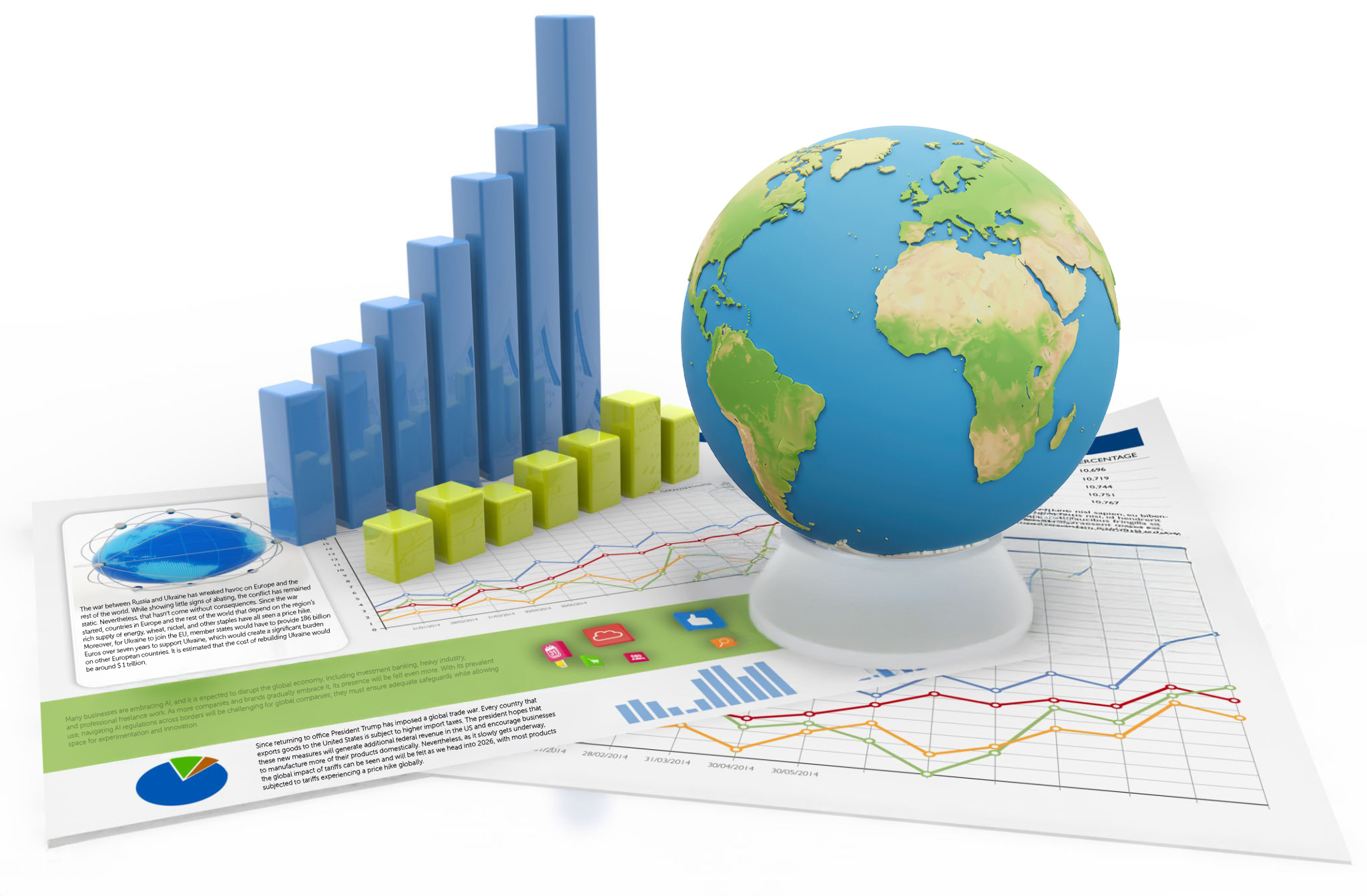Technology continues to evolve and change over time, often creating options that can make a professional person’s life so much easier. Developments in technology are an ever-increasing fact of life. The on-going use and evolution of Artificial Intelligence (AI) would appear to be the next step in technological advancements. Although AI is not a new concept; the functions, applications and mainstream use of generating images, text or videos based on specific prompts and commands provided by the user, has continued to evolve. Generative Artificial Intelligence (Gen AI) is not going away any time soon, and the use of Gen AI has become somewhat standardized and commonplace–even in simple daily ways, such as grammar checks, and prompts when writing emails.
The big differentiator is understanding what AI can do – and more so – what it cannot do. AI is only as good as the information it has available on pre-existing data. The more that AI is used and utilized the “smarter” it becomes, but even within that there are still limitations as AI can never truly create something original – it’s all based on something else. Humans have the ability of independent thought, collaboration and perhaps most importantly, the ability to go out and experience the world. It is through these experiences that they are able to truly be creative – something that AI, at this stage, cannot achieve.
As with any technology there are pros and cons to its use, scope and potential. Within creative industries AI will certainly change the way that people are working – and individuals, consumers as well as organizations must continue to adapt, just as the technology does. It can be used as a tool to optimize SEO, to generate leads or to organize ideas, or pull analytics based on specific data. Within creative industries, Gen AI is a great tool – it can be very beneficial, but cannot replace the human experience or nuance of the human touch. Depending on the tasks one needs to accomplish, it could be used to create schedules, organize storyboard concepts, edit copy and proofread, or create an image using specific criteria. Within various different industries such as film and television, music, design, digital marketing, fashion and more, AI also allows for a more personalized experience for consumers. By using AI as an analytical tool, companies and organizations can have a better understanding of their consumer habits and needs, and therefore be able to adapt accordingly.
Terra Higginson, Principal Research Director, Info-Tech Research Group, offers insights not only for those in her industry of digital marketing but also for those in other creative industries as well. She says, “Gen AI creates from the past, but it cannot create entirely new concepts. Humans will undoubtedly remain in the loop. Top skills for the future include problem-solving, critical thinking, innovation, and experiencing the world. Humans should still be involved in the loop when decisions are made. We recommend that companies establish an AI council to foster collaborative learning and guide a responsible AI strategy. Companies should disclose when they use AI. They can enhance trust in AI by promoting fairness and transparency and by reducing bias”. Furthermore, she makes the observation that “the waves of the change are already being felt by first movers. Early adopters will become leaders in AI tools and the mantra: ‘lead, don’t follow,’ has never been truer. Those who wait too long will become competitively irrelevant. Those that embrace cutting-edge AI tools now will create a competitive advantage and they will also help future proof their own careers by upskilling to using AI.”
AI helps to create a level of efficiency – tasks that may have previously taken months to parse through or are mundane and time consuming, can now be streamlined and completed much sooner. This allows people to be able to focus and spend more time on the creative aspects of what they are working on. As the technology advances it will mean that creatives must continue to rise to the challenge and adapt, building their own skills, helped by ever increasing utilization of technology.
Ultimately, although AI is a unique tool – which is certainly changing the technology landscape across many industries – there are limitations that still require human involvement and decision making. AI can help with efficiency and as a tool to allow for more focus on creative processes, but human interaction and truly creative or original thought have not yet been replaced. Technology and AI abilities will continue to change and evolve but those within the creative space have always had resilience and tenacity. That will no doubt continue to be true, but in a slightly different and more technologically advanced way.
Stephanie Hawkins | Contributing Writer




















